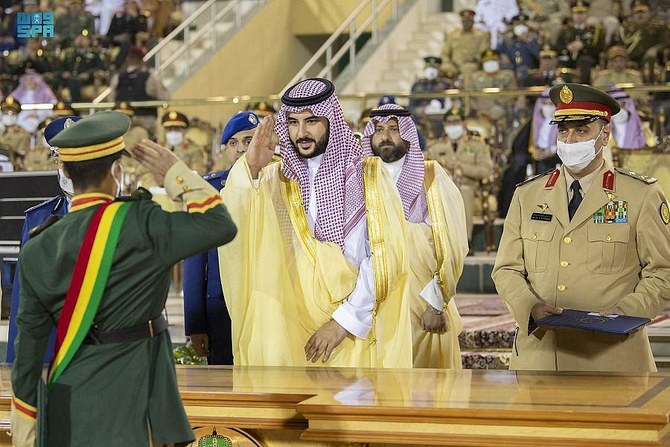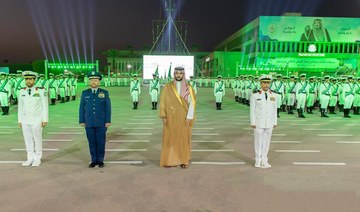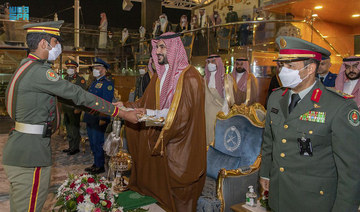MAKKAH: Doctors and paramedics are saving the lives of pilgrims in Makkah amid scorching summer temperatures.
Arab News interviewed a Disaster Medical Assistant Team from the Ministry of Health. The team of doctors, who arrived from hospitals around Saudi Arabia, are putting their skills to use for Hajj.
Nawaf Karshami, a doctor and emergency medicine specialist, told Arab News that most of the pilgrim patients treated by the team are suffering from exhaustion due to high temperatures.
“We have very high degrees, especially here in Makkah. So, most of the pilgrims came in need of hydration and needed to be covered from the sun with ice bags.
“Thankfully, we did our best to help the pilgrims, to smooth the way of the pilgrims to do their Hajj and perform their Hajj. It’s an amazing feeling to be able to help the pilgrims that need the help, and especially the elderly persons who are unable to walk.”
Doctor Loui Al-Sulimani, a consultant in emergency and disaster medicine, said pilgrims can avoid heat exhaustion through proper hydration, self-cooling and avoiding the outdoors during peak heat hours.
He also advised pilgrims to “wear protective, cool clothes, and also use an umbrella and any coverage for your head.”
The unit has received many cases of foot injuries, Al-Sulimani said, adding: “Because of the hot weather, most of the cases related to the suboptimal shoes.
“We are glad that we are participating this year and the previous year, and high season, with all responding agencies here to provide the best care for our pilgrims.”
Doctor Abdulqader Salman, a doctor and emergency specialist, described the “incredible experience” of helping pilgrims.
“We did not face any difficult challenges, thank God. As the Disaster Medical Assistant Team, we really worked together to help out the pilgrims.”
Health services provided to worshipers include medical and specialized clinics, pharmacies, dialysis centers, intensive care units and isolation units, the Health Ministry said in a report quoted by the Saudi Press Agency.
The ministry also has 250 employees and health practitioners on hand to aid pilgrims, including 50 doctors specialized in intensive care, cardiology, emergency, internal medicine, surgery, obstetrics and gynecology, orthopedics, family and community medicine, and fighting infections.
The Saudi health system seeks to provide the highest levels of care for pilgrims with health facilities across Makkah, Madinah and the holy sites.
Before the beginning of the Hajj season, the ministry urged people in Saudi Arabia to receive vaccinations and to register them via the Sehhaty app, the Saudi Press Agency reported.
Mandatory vaccinations include a dose of the COVID-19 vaccine and one of the influenza vaccines taken this year, along with a dose of the meningitis vaccine taken within the past five years.




























